How Super-Fast Transport Will Radically Alter Property Values
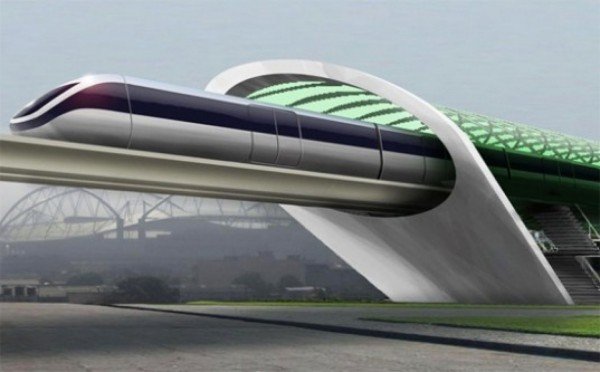
We are facing some epic cultural shifts over the next few decades thanks to entrepreneurial innovation and rapid advances in technology. One of the most significant changes to come is our view of what makes real estate valuable.
Two-thirds of the 24 million people in Australia live in one of five cities: Sydney, Melbourne, Brisbane, Perth, and Adelaide. Home prices in these cities have appreciated faster than in any other areas across the country.
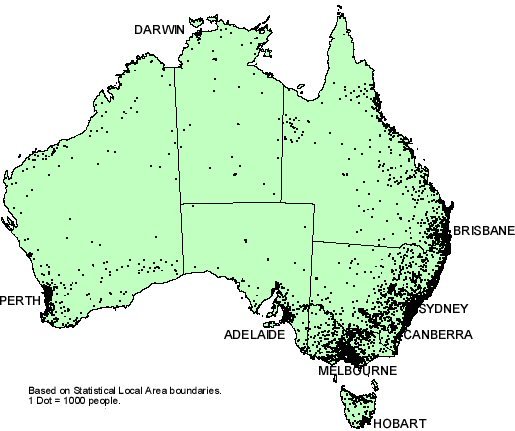
In my last post, I referenced the Demographia study of the least affordable cities in the world. All of them have at least two things in common: government is controlling the supply of developable land and a lot of people want to live there. Supply is short and demand is strong.
Of course, the ultimate reason real estate is so expensive is the availability of cheap credit, but I’ve already covered that topic here.
Why do people want to live in certain places?
As I alluded to above, the value of any asset comes down to human emotion, driven by two basic factors: desire and scarcity; or to use economic terms, demand and supply. Real estate is desirable because people need space to occupy. It's scarce because we can't make any more of it.
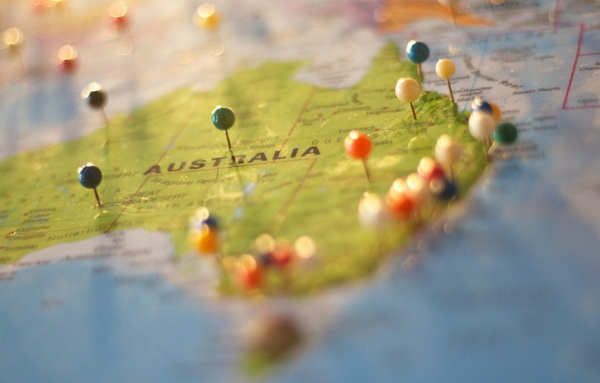
But the degree to which real estate has value is determined by the degree of that desire in relation to a specific finite area. The more rare something is, generally the more valuable it becomes in the minds of people.
The human desire for lifestyle and convenience is what causes people to want to live in certain places. They want an enjoyable life, and most importantly, people don’t want to spend too much time traveling to work.
Proximity to jobs is one of the most significant drivers of value for real estate.
Home prices have appreciated fastest in Sydney, Melbourne, Brisbane, Perth, and Adelaide because that’s where most of the jobs are. People generally don’t want to drive more than an hour to work, and that’s stretching it. This causes greater density of dwellings in certain areas in order to meet the demand of people for housing that meets their desired lifestyle.
What if proximity to jobs was determined by travel time, not distance?
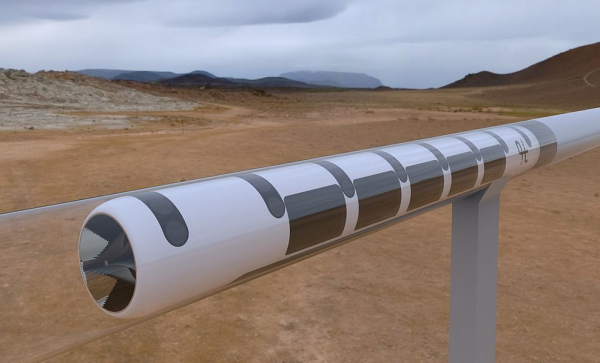
You’ve probably heard of Elon Musk’s Hyperloop concept. Here’s a video of Elon Musk and Hyperloop CEO Dirk Ahlborn talking about this radical new tube transport system that could transport passengers at speeds of over 1200km per hour. That’s faster than the speed of sound.
Musk has described Hyperloop as a “cross between a Concorde, a rail gun, and an air hockey table.” He envisions it being “a non-scheduled service which leaves when you arrive, is immune to the weather and never crashes.”
Dirk Ahlborn, CEO of Musk’s Hyperloop Transportation Technologies (HTT), shares more. “Imagine a capsule with 28 people that's hovering inside a tube at really high speeds… it’s completely solar-powered, it’s cheaper to build [than current high-speed train technology], and it’s earthquake-stable.”
If it was anyone else but Elon Musk, I’d be tempted to say he’s full of crap. But Musk has founded not one, but two billion dollar companies and is one of the most innovative entrepreneurs on the planet. Dirk Ahlborn is also the CEO and co-founder of Jumpstarter Inc., a successful crowdsourcing technology company.
They’ve signed an agreement to begin construction on a fully functional urban Hyperloop in Quay Valley, California. Musk has raised about $100 million for this project and hopes to complete the test track by 2018.
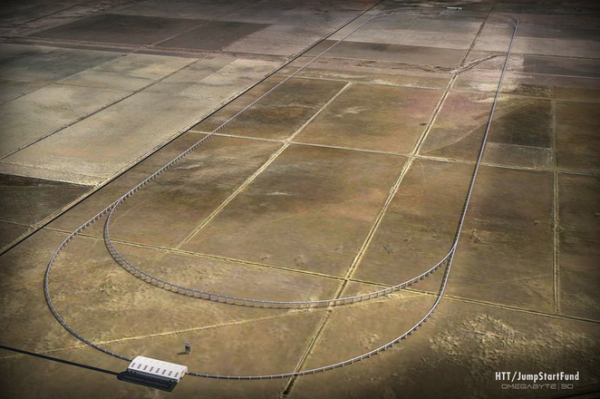
There are now actually three companies working on Musk's Hyperloop concept.
What would life with Hyperloop look like?
If the Hyperloop dream becomes a reality, people could travel from Los Angeles to San Francisco with a $30 ticket in as little as 35 minutes. In my Australian context, that’s Melbourne to Sydney in 45 minutes, without pre-scheduling, without the delays and hassles of airports and for a fraction of today’s cost.
Hyperloop would be truly revolutionary.
The longer-term vision for Hyperloop includes every major city with mini-loops that can transport passengers to larger stations where they can then travel to other large regional stations throughout the country. It sounds a lot like Australia’s current public transport system, but ridiculously faster.
Musk has even gone on record saying he envisions a future where trains can whisk us from Los Angeles to New York, or in Australia, Perth to Sydney, in 45 minutes. Beijing or London could become a two to four hour commute.
How Would Hyperloop Impact Property Values?

What if Australians could commute from Albury, a regional town of about 100,000 people, to Melbourne, a distance of 300km, in 15 minutes? What if people could live on the beautiful yet inexpensive Central Coast of New South Wales and travel to work in Sydney in just 15 minutes? What if Queensland’s lush beaches north of Sunshine Coast was a 20 minute commute to Brisbane?
If “living close” to work is no longer 5 or 15km, but rather 500km, suddenly proximity takes on an entirely different meaning.
People could live virtually anywhere in the country they wanted to live and continue working wherever it is that they want to work. Living close, by today’s standards, to a major city is no longer a factor in the value of real estate.
What would the impact be?
This technology would completely obliterate big city property values as we know them today.
Unless other lifestyle factors came into play, properties in Sydney and Melbourne could become no more valuable than properties in regional Australian towns like Ballarat, Ipswich or Bathurst.
So how long until Hyperloop becomes reality?
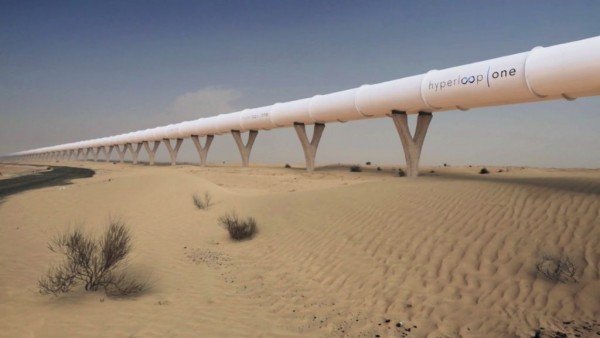
Could it be ten years? Twenty years? That’s anyone’s guess. But rest assured, humanity will crack the code for travelling 500km in 15 minutes, safely and cheaply. It’s just a matter of time. And once we do, big city real estate values will never be the same.
Check out this cool teaser video revealing Hyperloop plans for Abu Dhabi and Dubai:
What Do You Think?
Is ultra high-speed transport a “pipe dream” (pardon the pun)?
If / when it does become a reality, are there other factors that would make big cities attractive places to live?
How would your city look different with Hyperloop?

Total pipe dream! Australian governments can't even run the existing public transport reliability, riddled with incompetence and corruption.
Besides, it would literally be a vomit inducing shuttle. People spewing and passing out left right and centre!
While I do believe at this point in time it is a literal pipe dream for bigger countries in the world, for example the US, because it would be too expensive to create without government aid. There may be a future where it is possibly subsidized, not cross country, but from major lines like boston to dc, hitting all the main cities on the way down.
Its design is developed to counteract this just like bullet speed trains or airplanes.
If it was up to the government, I'd certainly agree. I'm hopeful that a private company would be much more efficient. Australians have never been technological pioneers, so it would probably need to be built in the US or perhaps Dubai first before we catch on.
I though it was ridiculous that this company announced their high speed rail plans for Australia without a single mention of future technologies.
Great post!
Thanks for stopping by.
Hi, I wanted to include this for Steemtrail, under either futurism or technology, but you don't use any of those tags. If you write similar articles in the future, containing the elements of technology and it's impact on the future, then please tag it with futurism and/or technology, and you will gain a lot of votes if your article is submitted.
Keep up the good work.
Thanks for the suggestion. I've added the technology tag.
High speed transport does extend the area around the focal point (the job) which a person can live.
But, is this really so? The internet is an even higher speed form of transportation. And people who are completely internet based aren't flocking out of cities; they are most often moving to the edges of the suburbs.
For Australia, someone should invest in hypersonic, ground affects, float planes. You gain very little advantage in going overland. And being hypersonic, could cut travel times by half.
What Elon is doing is not new technology, it is extremely old technology. It is a very expensive railway. It has all the problems of a railway (one train per track section, maintenance in place, stopping to pick up passengers) and adds more complexity and areas to easily attack by outside forces /weather.
Interesting points. Whether it's high speed rail or some other technology, we will figure out how to travel faster. I agree with you that the answer may end up being something we currently can't envision. Regarding whether people will want to live further away from big cities, I think it will depend on how expensive real estate there is. In Australia, we have some serious affordability issues that high speed travel could solve.
I'm waiting for matter transfer Blake's Seven style!
Haha. That would change everything!
This is another great piece Jason. Thanks for sharing. Happy to upvote and share this on Twitter✔ for my followers to read. Enjoyed reading your newspaper article on BLOCKCHAIN earlier. Stephen
Thanks Stephen.
Great post. I have shared it on twitter.
Another interesting idea would be a comparison to how life changed with the introduction of the underground in London and New York. A lot of people moved out of the city and could commute to work for the first time.
Thanks @eroche. Yeah that's a good point. I've also read that more recently high speed rail helped to revive some dying towns in France and Spain as commuters moved farther out of big cities in favour of a small town lifestyle. I hope the same eventually happens here in Australia.